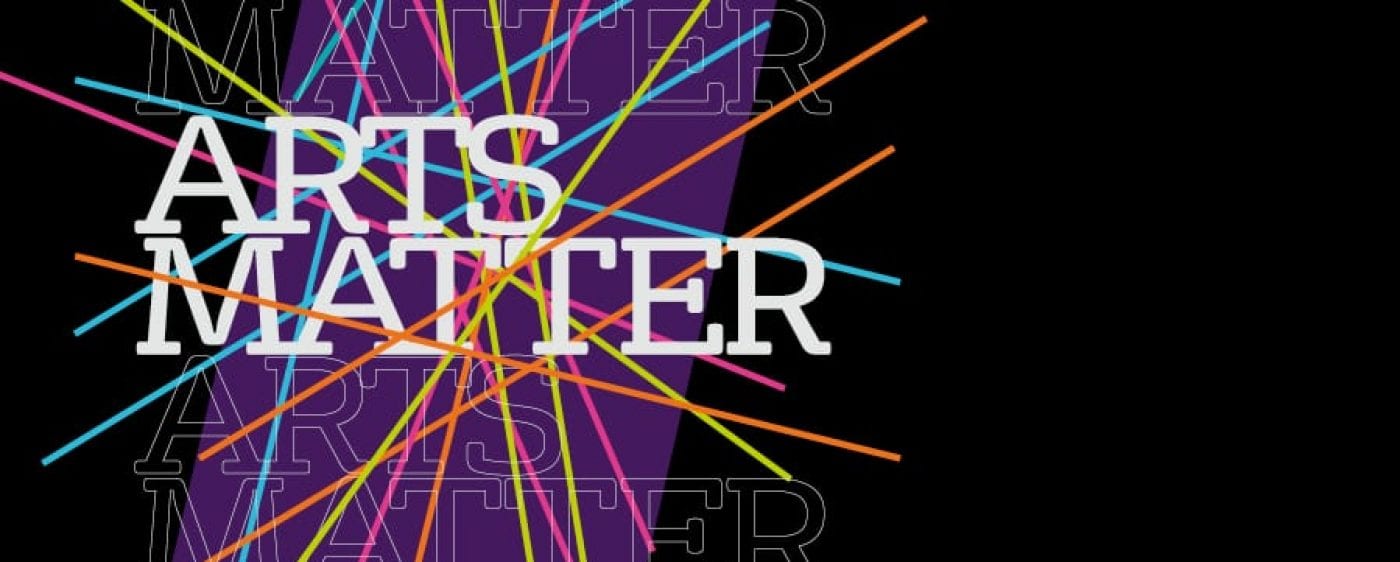On International Translation Day, Dr Christophe Fricker, Programme Director of our master’s degree in Translation here at Bristol, reflects on the nuances of language and how the art of translation relies on understanding your audience.
![]() It’s International Translation Day, and I’m a translator. When I tell people, they pause and then they look at me triumphantly, saying that, surely, this particular foreign word they know could not possibly be translated into English. In a way, they’re right, but in practical terms, they’re not. Here’s why.
It’s International Translation Day, and I’m a translator. When I tell people, they pause and then they look at me triumphantly, saying that, surely, this particular foreign word they know could not possibly be translated into English. In a way, they’re right, but in practical terms, they’re not. Here’s why.
Take Energiewende, the German term for the political process facilitating the transition towards a zero-carbon economy. And now look back at the previous sentence. What you see is a German term and an English translation. There are three things to say about that translation, all of which are characteristic of what we do as translators – and what you do in your everyday life:
First, the translation serves a particular purpose and a particular audience – you! This is true of literally every translation ever produced. No translation is produced in the void. It is commissioned by someone, carried out by someone, and addressed and perceived by someone with specific interests and skills. The translation reflects and addresses them. This is not a weakness. In fact, it’s the unique strength of translation that it can – and will inevitably – be calibrated to meet a particular need. Yes, that means there will be a need for a new translation at some point, but that is true for the original utterance as well. There are no final words, in any language.
Secondly, my translation of Energiewende is different in length compared to the original. It would be quite unrealistic to expect otherwise. Different languages form their words and their sentences in different ways. A text you translate from English into German will end up being 10% longer in terms of characters but 10% shorter in terms of its word count. I am saying this because translators translate texts, not words. I have worked in this profession for a decade and a half and I have never been asked to translate a word. My clients come to me because they want an advertising slogan or a travel essay or a children’s book translated. When they are looking for a word in another language, they will turn to a dictionary rather than a translator.
What all of this tells us, thirdly and inevitably, is that no two statements map neatly onto each other, between any two languages. The beautiful thing is this, though: the same is also true for any two statements in the same language, and even the same statement in the same language uttered by different people or in different situations. When you say the words ‘I love you’ to your partner, they mean something different from when you say them to your son. When, in response, your partner asks: ‘Where have you been?’, the potential for misunderstanding may be so big that you wish a translator were at hand. Translation is not something that only happens between different languages; wherever we understand each other, we deliver a successful translation.
I get a sense, here, that you are intrigued but perhaps not entirely convinced. Let me give you a little homework – I am a teacher, after all. Imagine you live in an apartment block with people who speak lots of different languages, but the fire safety information sheet is only available in French. You are asked to translate it into English. What would be your first priority? That everybody who walks past appreciates the original French via your translation, or that they know where to go when their pants are on fire? I doubt they have time to worry about untranslatable French words at that point.
Debates about untranslatable words are fireside chat (for which there is definitely a place!). In the meantime, translators like so many of my wonderful colleagues make sure people are safe around the world, and today is the day we celebrate them!

The MA Translation programme at Bristol combines language-specific practice with training in translation theory and translation technologies. To find out more about this online programme, go to the MA Translation web page or come and see us at one of our Postgraduate visits and open days.




